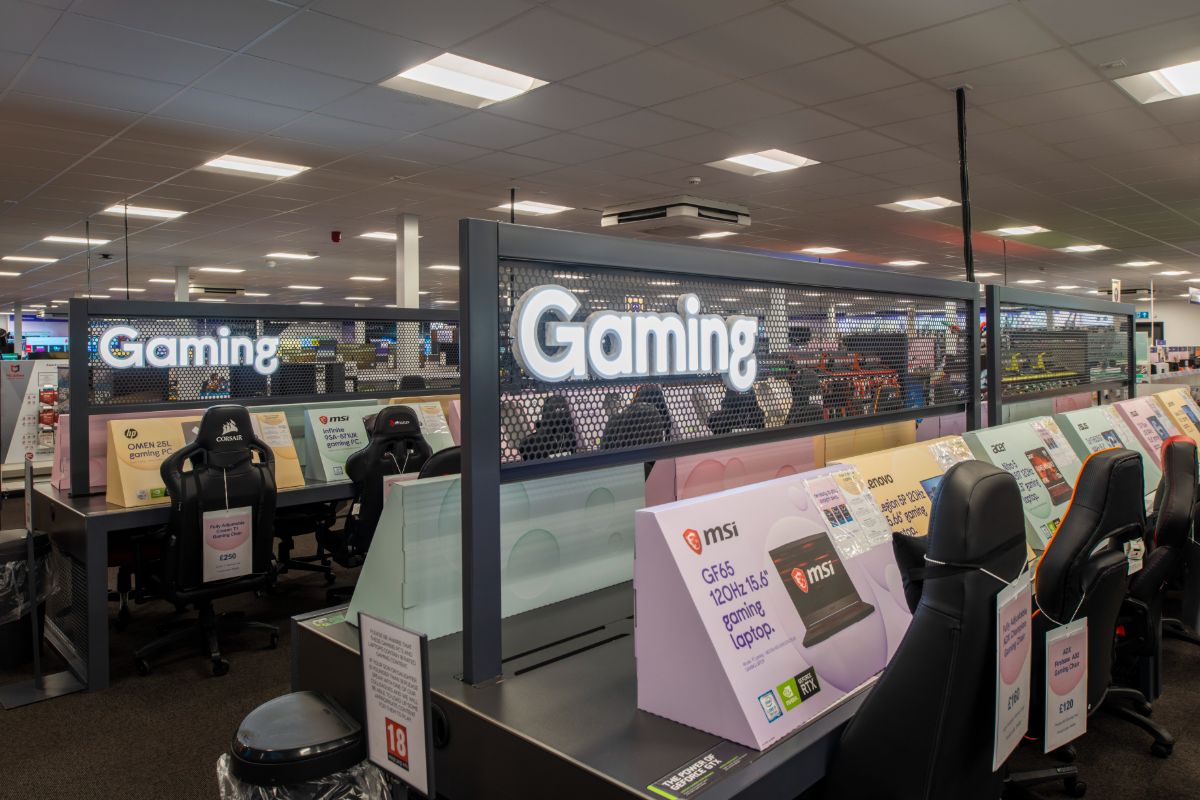Retailers seeking to maximise ecommerce revenue should focus on the search bar, a new study suggests. Shoppers who engage with search have an outsized impact on ecommerce revenue — far more than their browsing-only counterparts.
This highlights the importance of delivering quality experiences that turn searchers’ high intent into action and cements the role that On-site retail media such as a sponsored products plays in linking ads to search to sales.
According to Constructor’s latest report, “Beyond Relevance: The Data-Backed Case for Attractiveness as the New Standard for Ecommerce Search Performance,”analyses 609 million online shopper searches — responsible for $9.8 billion in revenue — across 113 global retail sites between October and December 2024.
From click to cart to conversion
Even though searchers make up a minority of site visitors, they have a huge impact on online sales. According to the research, on average:
- Searchers make up 24% of ecommerce visitors
- Yet, they drive 44% of total site revenue
- They generate 45% of sites’ add-to-cart activity and 42% of conversions
- Searchers convert at 2.5X the rate of non-searchers
“When searchers are shown the right product, they’re much more likely to buy,” Constructor CEO Eli Finkelshteyn says. “Retailers can — and should — capitalise on this by creating prominent, engaging and cohesive search experiences, and serving up results that are meaningful to each individual shopper.”
Beyond relevance and into attractiveness
Simply having a search engine isn’t enough, though, says the study: the quality of the search experience matters.
With 68% of online shoppers stating ecommerce search needs an upgrade — and 42% reporting that results are technically relevant to their queries, but not things they’d want to buy — there’s an opportunity for retailers to do better. The data supports moving beyond “relevance” to “attractiveness” as a primary search metric.
“Returning results that are relevant to the query is just the beginning — the real goal is connecting people to what they actually want to buy,” Finkelshteyn says. “Let’s say two shoppers go to a site and search for ‘men’s jeans.’ Chances are, though, they’re not looking for the same thing. Yet traditional keyword-based engines don’t distinguish. They match the word ‘jeans’ and deem all types relevant — putting the burden on the shopper to wade through.”
“But by prioritising attractiveness, retailers can show each person the jeans most likely to appeal to them,” Finkelshteyn continued. “Maybe one person prefers slim fit, dark-wash, premium brands — so those in their size rise to the top of results. Doing this is a win-win: Shoppers have a better experience and find what they want faster, and retailers are more likely to make a sale.”
Constructor’s study shows how attractive search results — which consider an individual’s history, preferences and shopping patterns; in-session context; product performance data; inventory; product and regional seasonality; and more — outperform others:
- Double the clicks: Highly attractive results — measured by as Constructor results closely optimised for conversion — have nearly double the click-through rate of those with low attractiveness (those that are less-optimised to drive conversions).
- Optimisation opportunities: For every 1-point increase in a search result’s attractiveness, click-through rates rise nearly 4%. (Constructor’s proprietary scale measures degrees of attractiveness, based on a search result’s probability to convert.)
Driving impact across industries
Search behaviour and prevalence vary across retail sectors. For example, general merchandise retailers — whose vast catalogues often contain millions of items — see higher search engagement, as customers navigate the extensive selection.
Across all areas of retail, though, searchers consistently drive a disproportionate share of sales.
Health & beauty
- Searchers make up 25% of ecommerce traffic — but drive 55% of add-to-cart activity and 57% of site revenue.
- Searchers have an add-to-cart rate of 49% (more than double that of non-searchers at 23%) and conversion rate of 17% (nearly triple that of non-searchers at 6%).
Apparel
- Searchers account for 21% of ecommerce traffic — but generate 34% of add-to-cart activity and 33% of site revenue.
- Searchers have an add-to-cart rate of 37% (vs. non-searchers at 22%) and conversion rate of 13% (more than double that of non-searchers at 6%).
General merchandise
- Searchers represent 41% of ecommerce traffic — yet drive 63% of add-to-cart activity and 61% of site revenue.
- Searchers have an add-to-cart rate of 30% (compared to non-searchers at 21%) and conversion rate of 15% (more than double that of non-searchers at 7%).
Home
- Searchers make up 14% of ecommerce traffic — but contribute 39% of add-to-cart activity and 42% of site revenue.
- Searchers have an add-to-cart rate of 30% (nearly triple that of non-searchers at 11%) and conversion rate of 11% (nearly triple that of non-searchers at 4%).
Specialty & hobby
- Searchers represent 26% of ecommerce traffic — yet generate 57% of add-to-cart activity and 49% of site revenue.
- Searchers have an add-to-cart rate of 25% (more than double that of non-searchers at 12%) and conversion rate of 12% (triple that of non-searchers at 4%).

Search is a key element in onsite retail media – and we tell you how to leverage that in our latest report on Onsite Retail Media. Click here to download your copy and watch out for in-store and offsite coming soon. You can also download the Retail Media Almanac 2024 here









